George Weber CPE (1907-2002)

Mt. Edith Cavell, Jasper National Park, Alberta (#03.247), 1974, edition 80 (rare), serigraph/paper, 14x12 inches, framed, $795 Cdn.

Mt. Edith Cavell, Jasper, Alberta (#03.122), 1993, serigraph/paper, 8 x 6 inches (20 x 15 cm), framed, $495 Cdn.
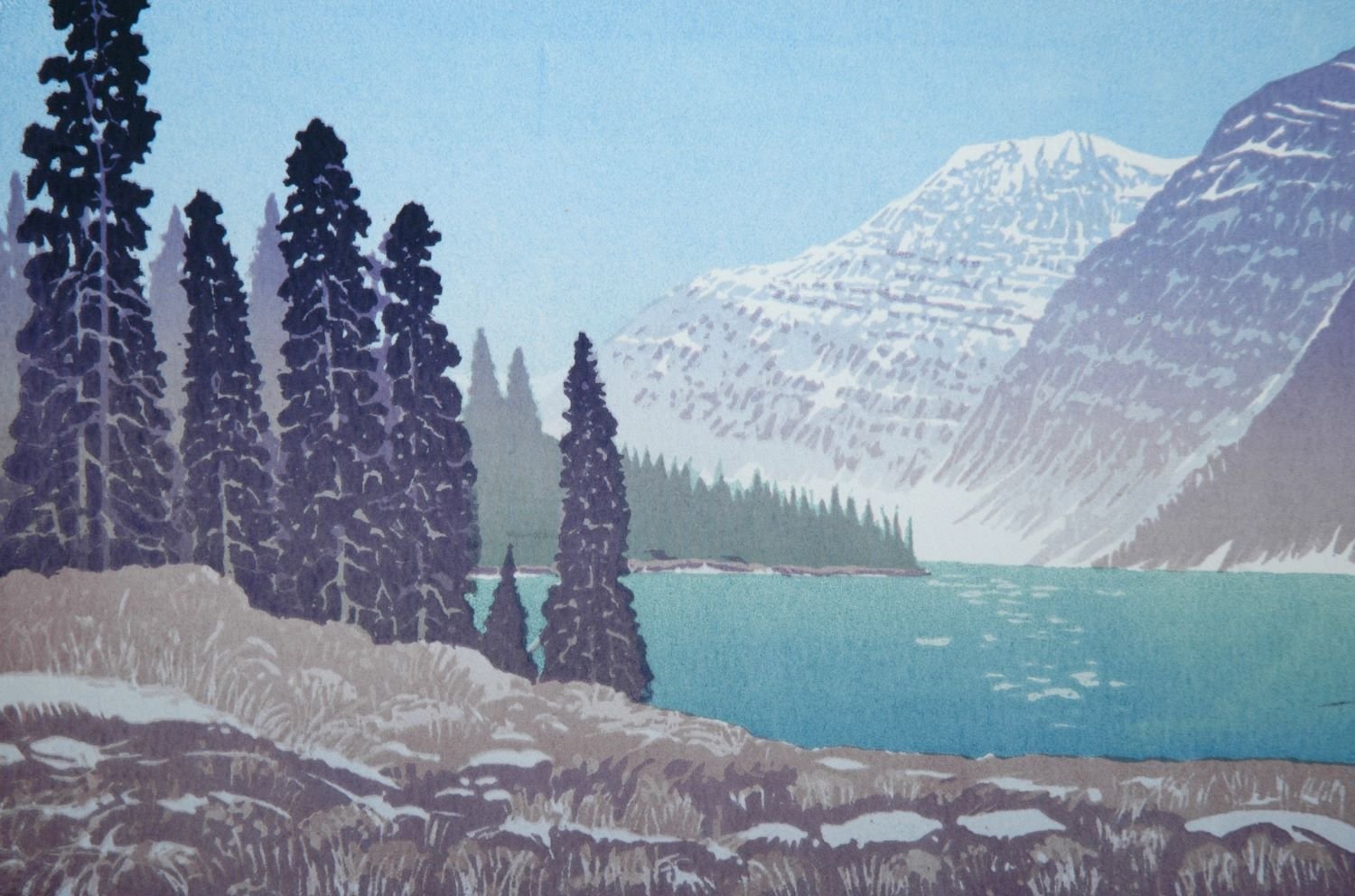
Mt. Edith Cavell, Jasper National Park, Alberta (#03.121), 1993, edition 50, 6 x 9 inches (15 x 23 cm), framed, $495.00 Cdn.
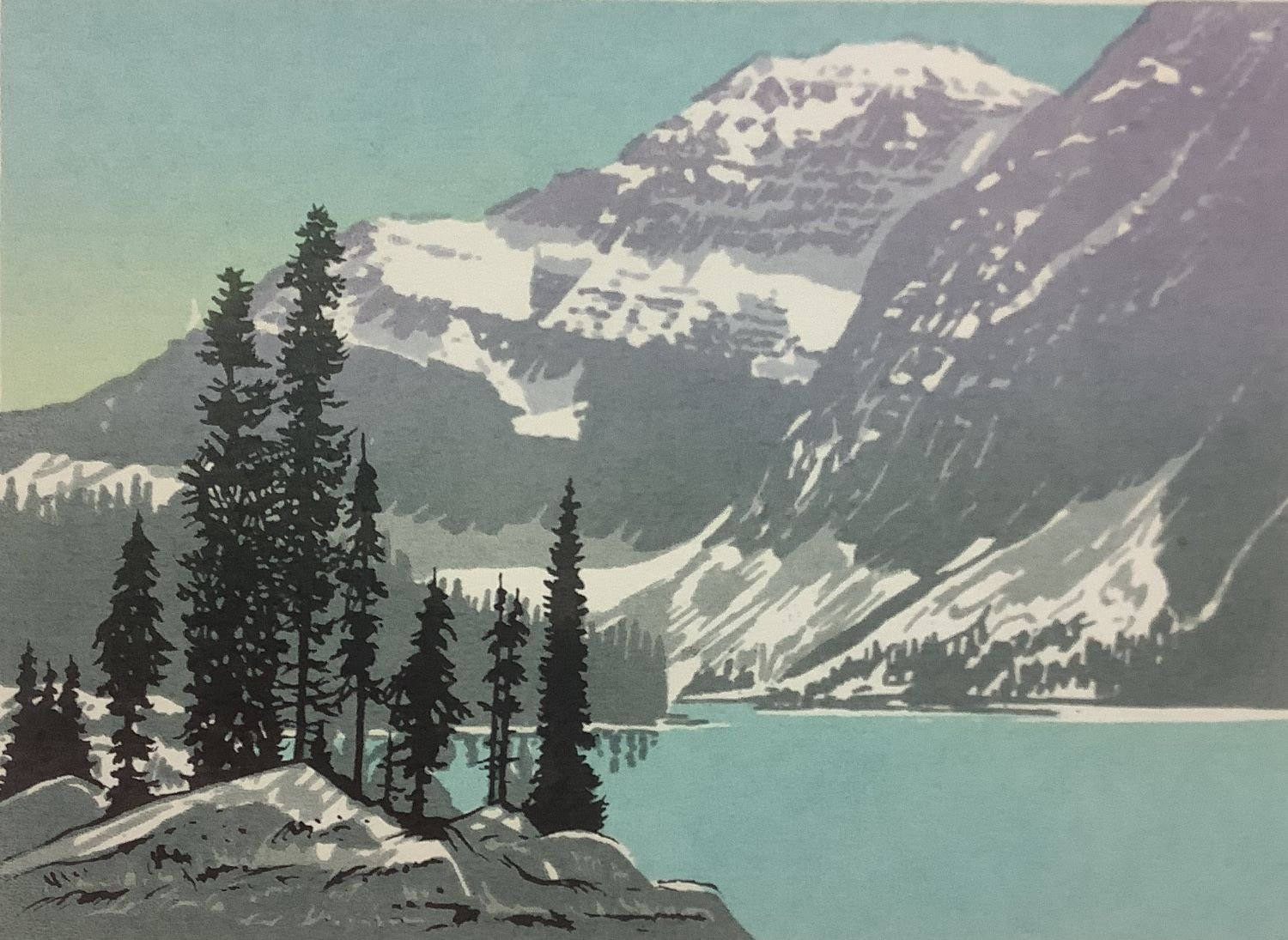
Mt. Edith Cavell (#03.60), 1974 (rare, not editioned), serigraph on paper, 4 x 6 inches (10 x 15 cm), framed, $395 Cdn.
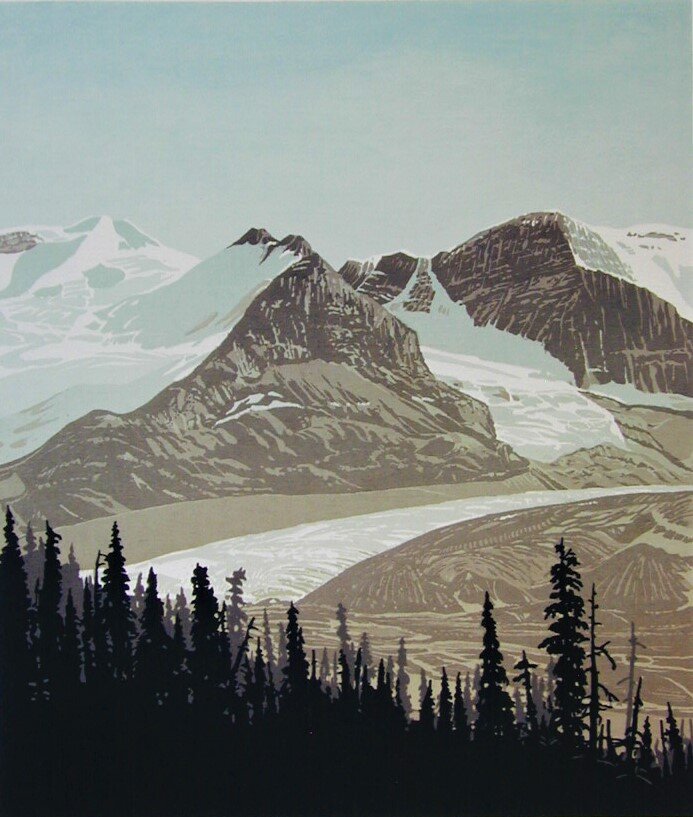
Athabasca Glacier, Columbia Icefield, Alberta, 1973, serigraph/paper, 14x12 inches, framed, $795 CDN

Pyramid Mountain, Jasper, Alberta, 1973, serigraph/paper, 14x12 inches, framed, $795 Cdn

RARE SNOW - Rock Isle Lake, Sunshine Meadows, Banff National Park, c.1962 (rare), serigraph on paper, 4 x 6 inches (10 x 15 cm), framed, two (2) remaining in estate collection, $395.00 Cdn.
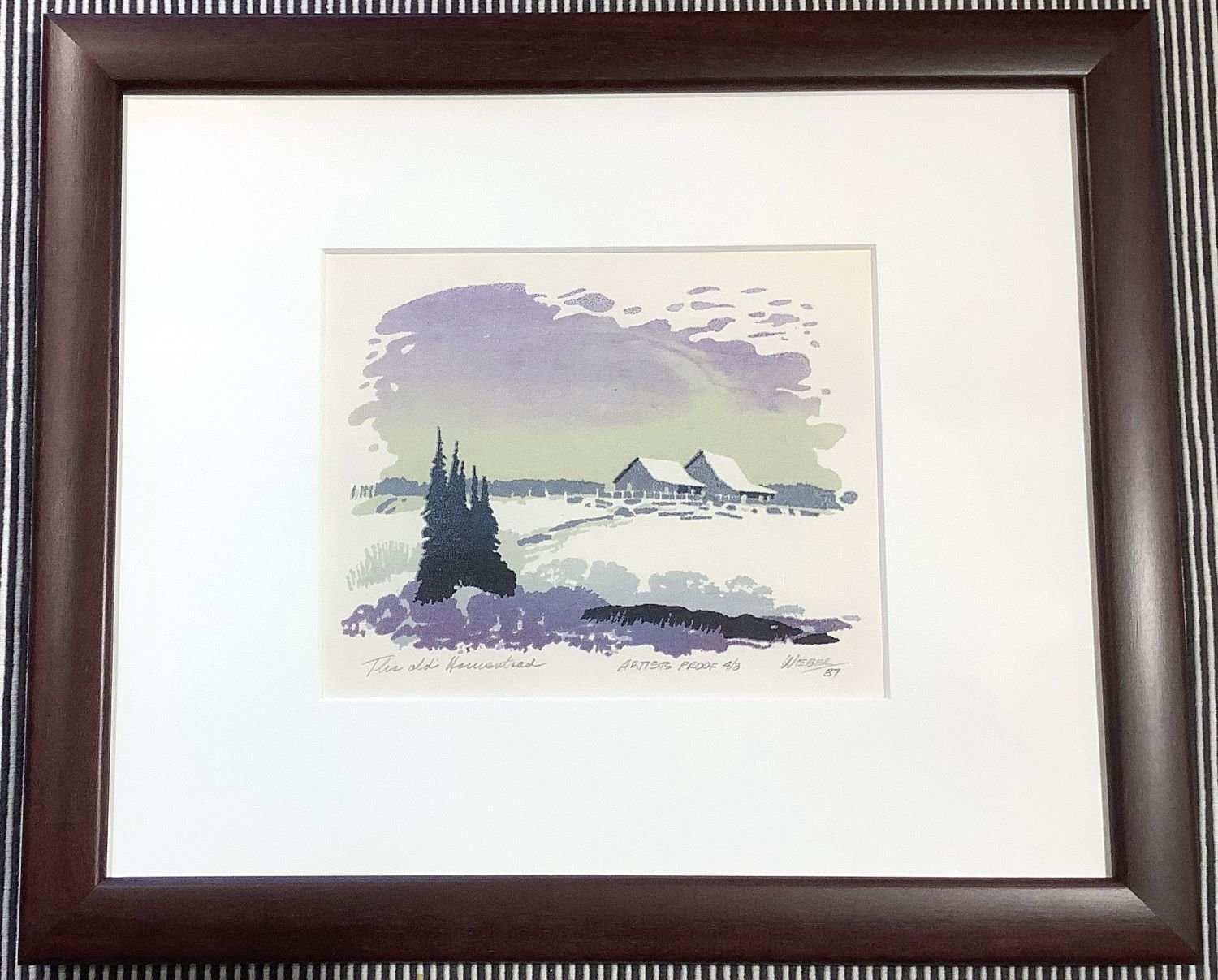
RARE SNOW - The Old Homestead, 1987 (rare), serigraph on paper, 4 x 6 inches (10 x 15 cm), framed, note: two (2) remaining in estate collection, $395.00 Cdn.

RARE SNOW - Weiller & Williams (Rye Property), Namao, Alberta, 1982 (rare, edition AP 13), serigraph on paper, 4 x 6 inches (10 x 15 cm), framed, note: two (2) remaining in estate collection, $395.00 Cdn.

RARE SNOW - Athabasca River, Jasper, Alberta, 1980 (rare, edition 300), serigraph on paper, 4 x 6 inches (10 x 15 cm), framed, note: two (2) remaining in estate collection, $395.00 Cdn.

RARE SNOW - The North Saskatchewan River, Alberta, c.1980 (rare, edition 80), serigraph on paper, 4 x 6 inches (10 x 15 cm), framed, $395.00 Cdn.
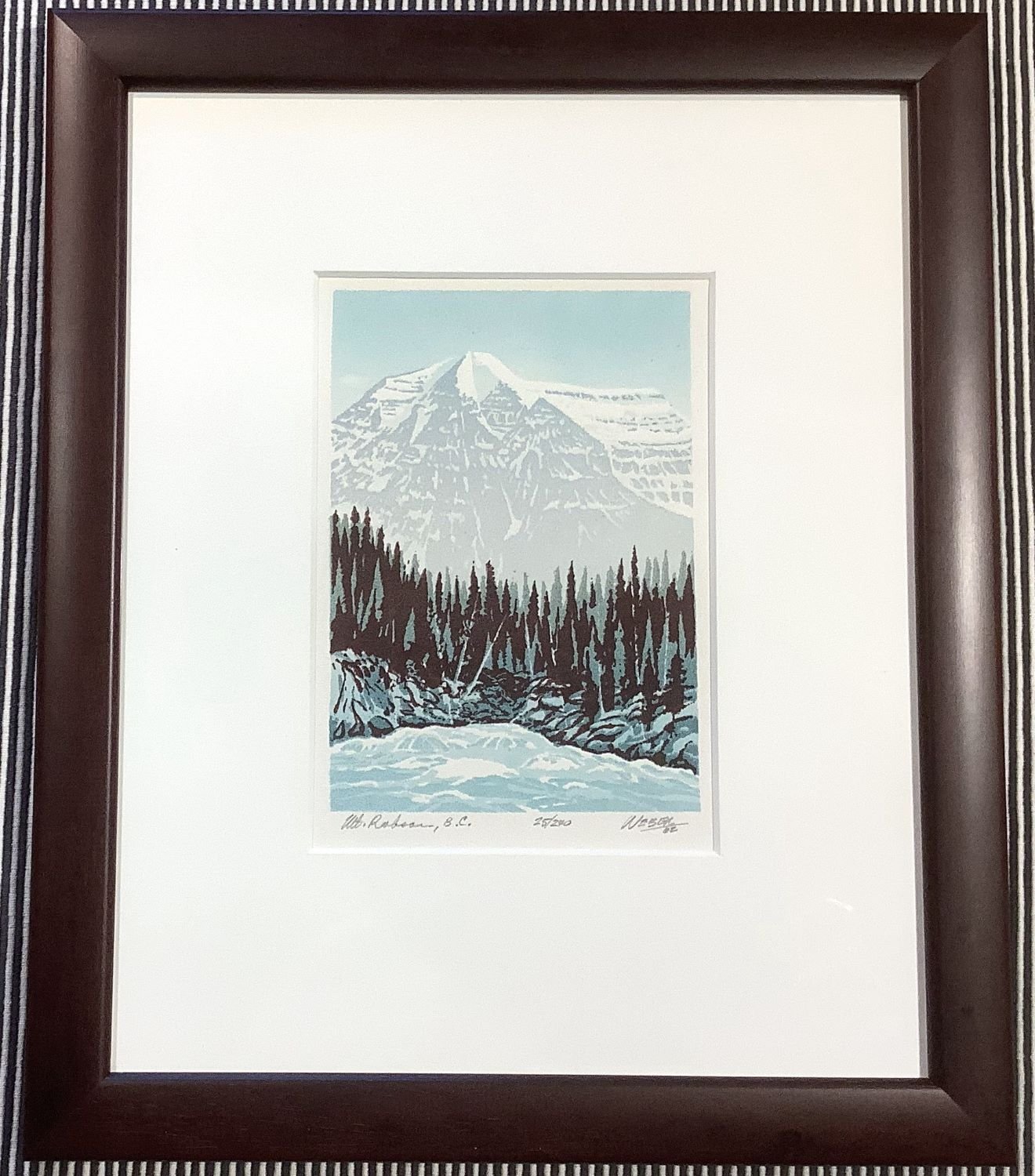
RARE SNOW - Mt. Robson, BC, 1982 (rare), serigraph on paper, 6 x 4 inches (10 x 15 cm), framed, $395.00 Cdn.
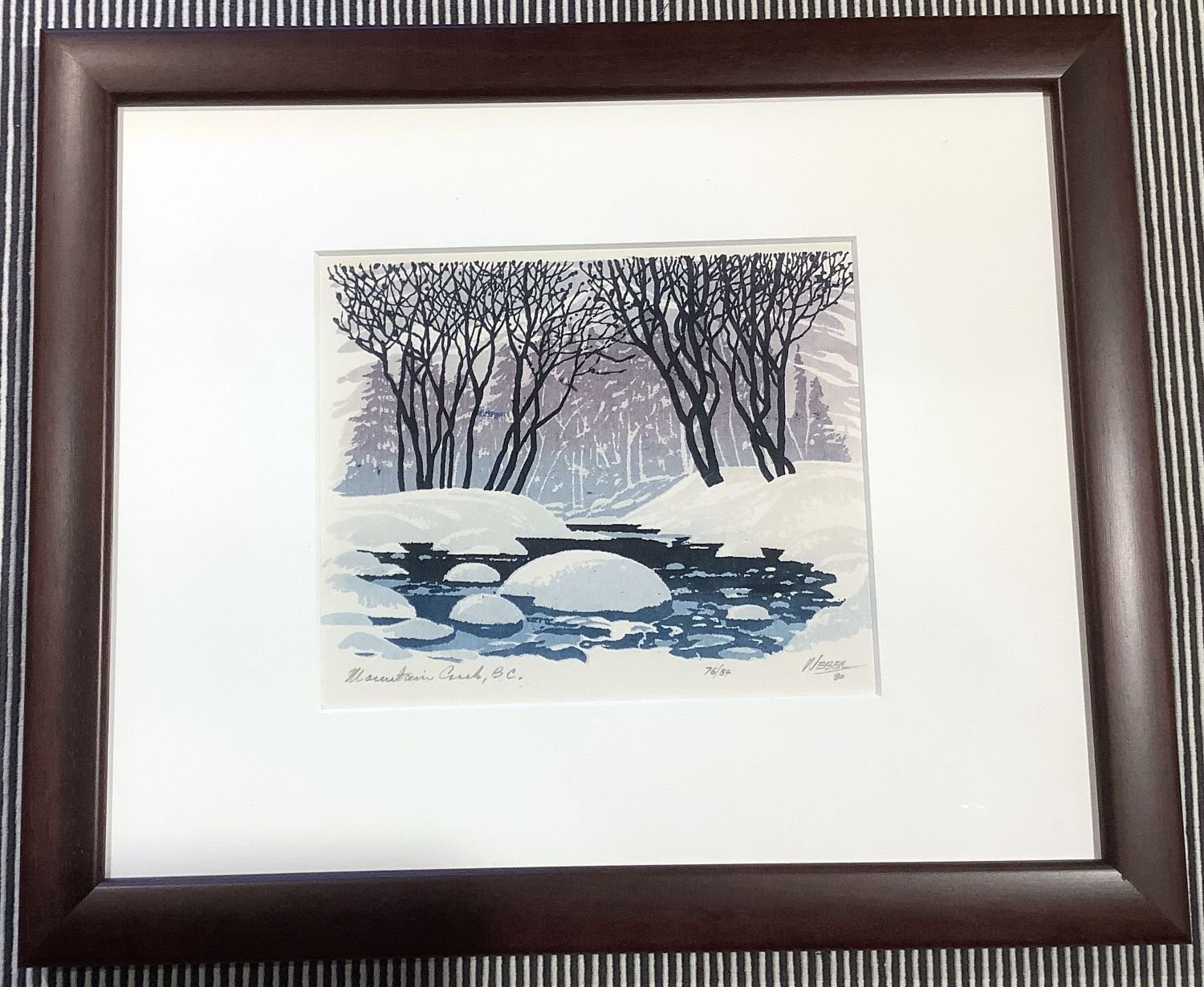
RARE SNOW - Mountain Creek, BC, 1980 (rare, edition 84), serigraph on paper, 4 x 6 inches (10 x 15 cm), framed, note: two (2) remaining in estate collection, $395.00 Cdn.

RARE SNOW - Bush Farm, 1991 (rare, edition 160), serigraph on paper, 4 x 6 inches (10 x 15 cm), framed, $395.00 Cdn.

RARE SNOW - Prairie Winter, 1986 (edition 110), serigraph on paper, 4 x 6 inches (10 x 15 cm), framed, $395.00 Cdn.

Prairie Fall, 1986 (edition 90), serigraph on paper, 4 x 6 inches (10 x 15 cm), framed, $395.00 Cdn.

Prairie Spring, 1986 (edition 110), serigraph on paper, 4 x 6 inches (10 x 15 cm), framed, $395.00 Cdn.

Athabasca Glacier, Banff National Park, Alberta (rare, not editioned), 1963, serigraph on paper, 6 x 9 inches (15 x 23 cm), framed, note: one (1) remaining in estate collection, $495.00 Cdn.
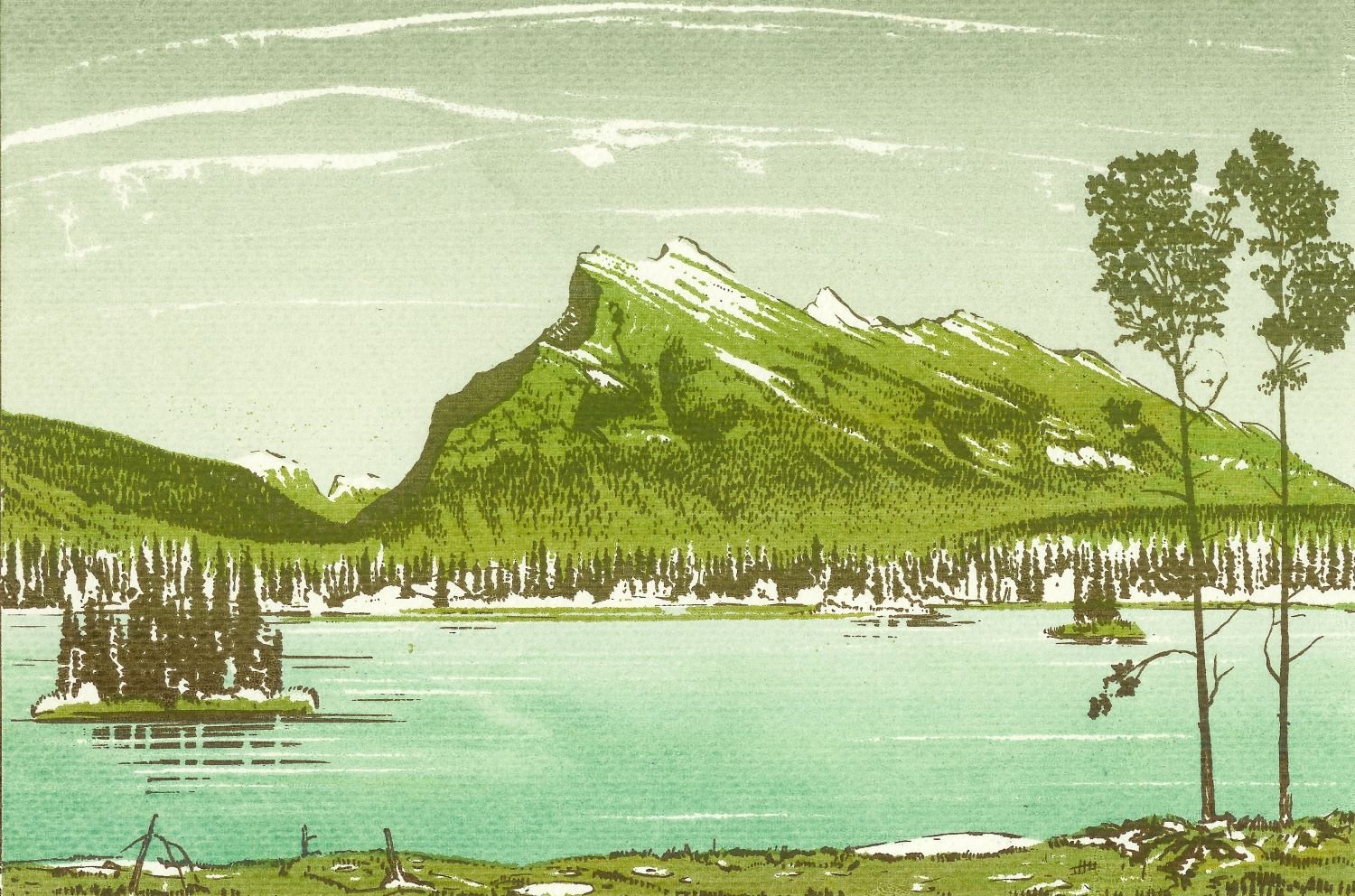
Mount Rundle, Banff, Alberta (rare), 1963, serigraph on paper, 6 x 9 inches (15 x 23 cm), framed, $495.00 Cdn.

Mount Rundle, Banff, Alberta (rare), 1987, serigraph on paper, 6 x 9 inches (15 x 23 cm), framed, $495.00 Cdn.
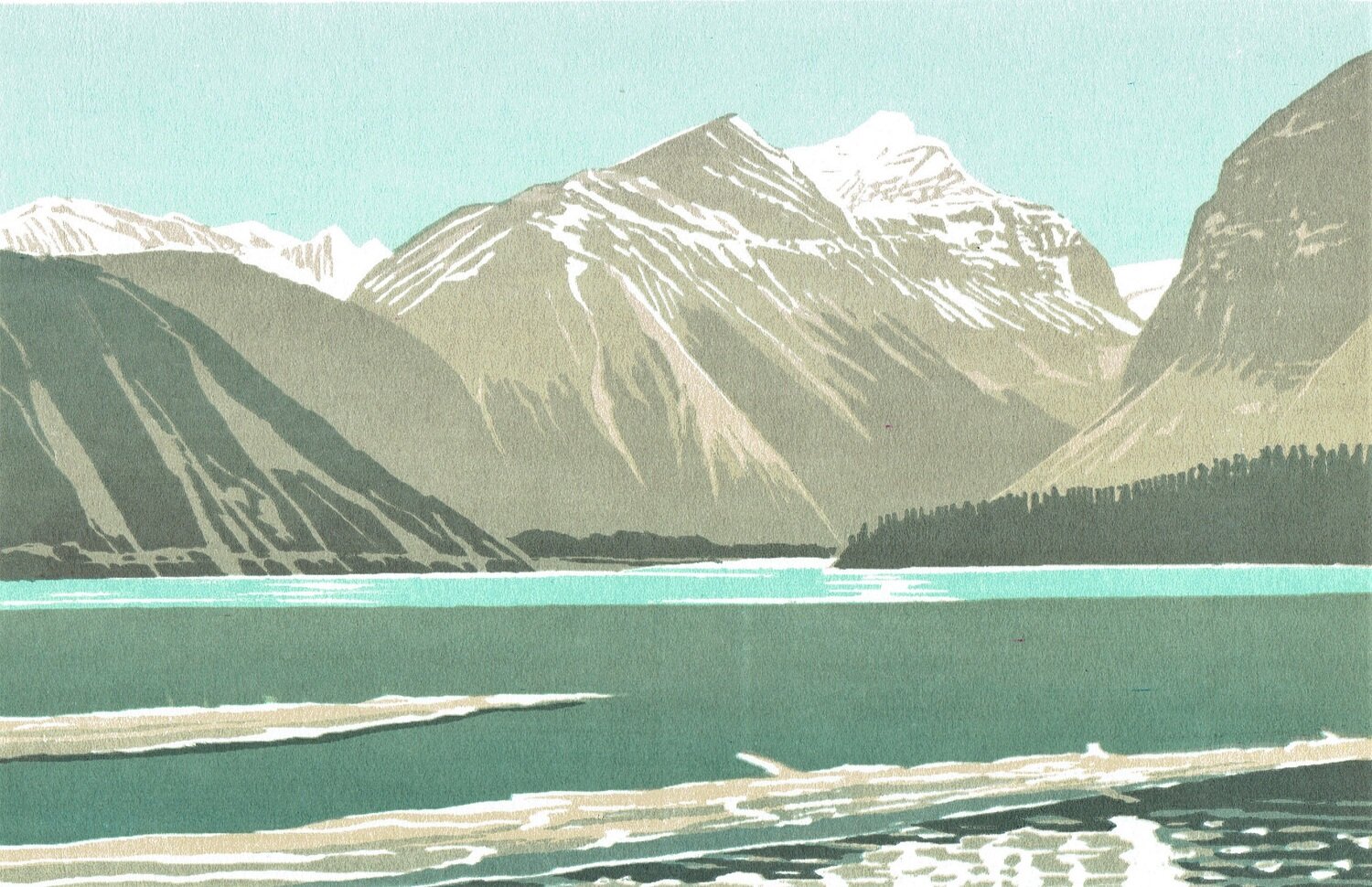
Kinney Lake, Mt. Robson Park, BC, 1973, serigraph on paper, 6 x 9 inches (15 x 23 cm), framed, $495.00 Cdn.
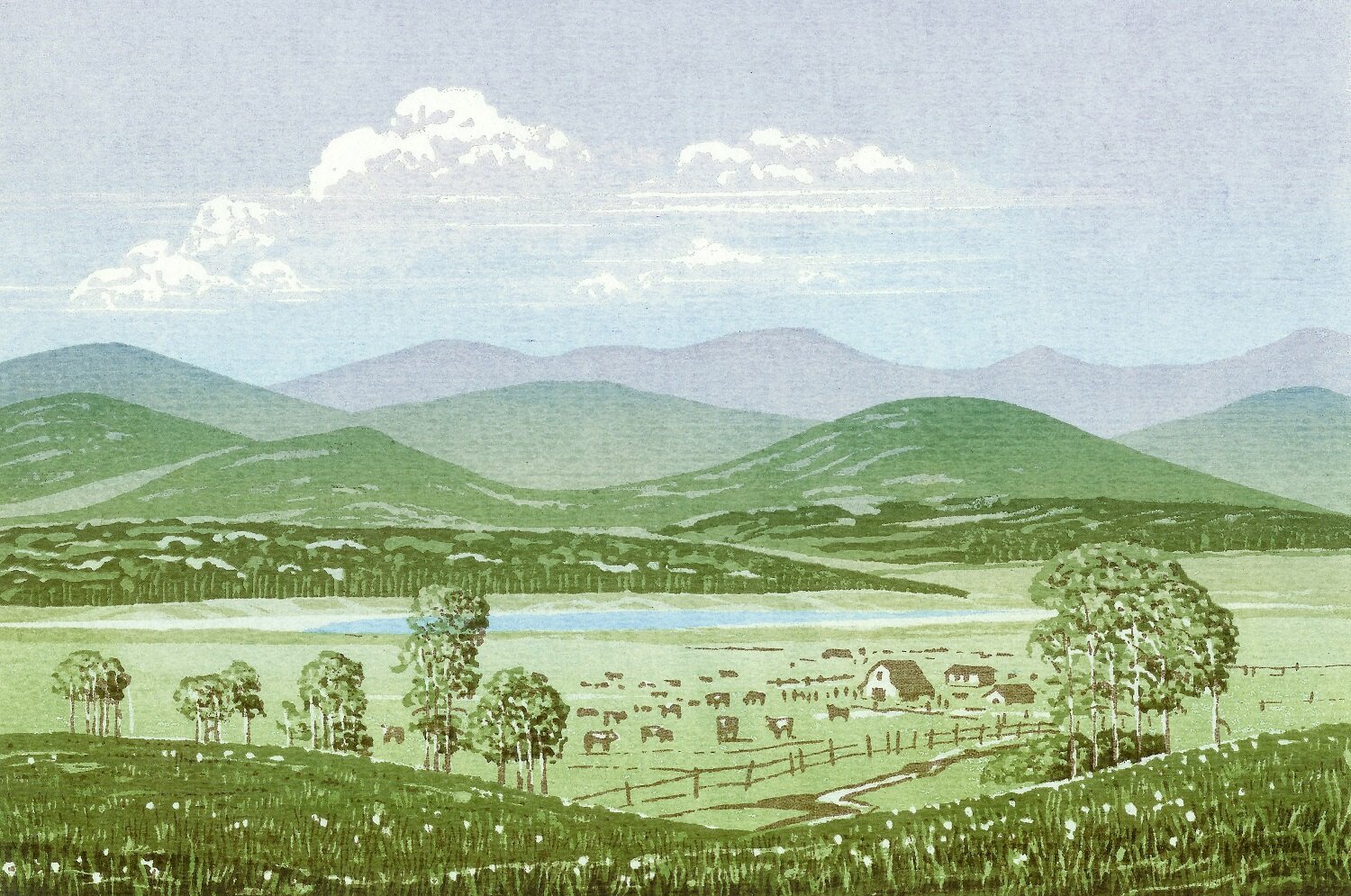
Rocky Mountain Foothills of Southern Alberta, 1979, serigraph on paper, 6 x 9 inches (15 x 23 cm), framed, $495.00 Cdn.

Mt. Tilley, Revelstoke, BC, 1964, serigraph on paper, 6 x 9 inches (15 x 23 cm), framed, $495 Cdn.

Fisher Peak, BC, 1986, serigraph on paper, 6 x 9 inches (15 x 23 cm), framed, $495.00 Cdn.

Prairie Sunset, 1979, serigraph on paper, 6 x 9 inches (15 x 23 cm), framed, $495.00 Cdn.

Elevators, Smoky Lake, Alberta, 1992, serigraph on paper, 6 x 9 inches (15 x 23 cm), framed, $495.00 Cdn.
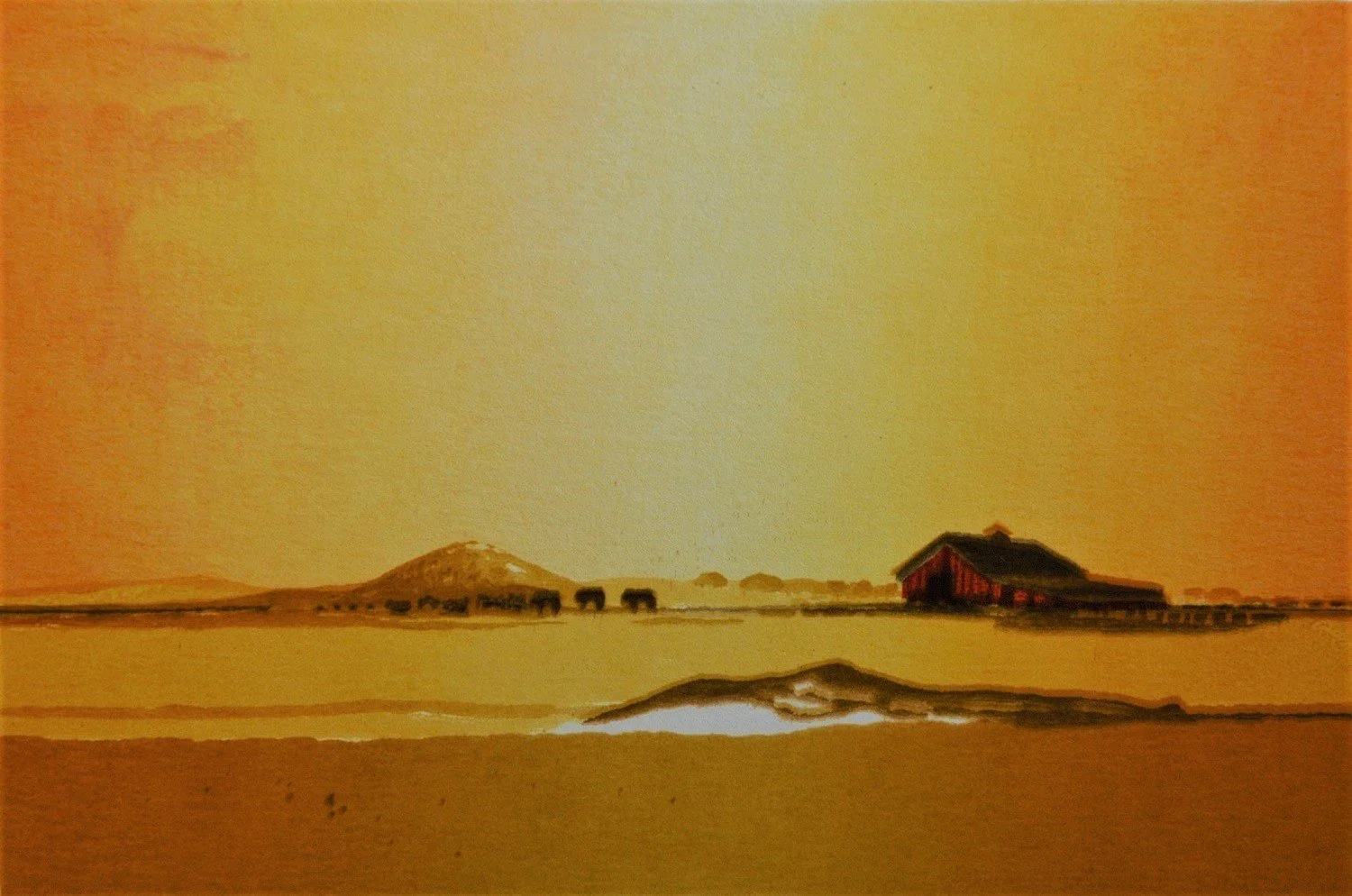
Sundown, Alberta, 1992, serigraph on paper, 6 x 9 inches (15 x 23 cm), framed, $495.00 Cdn.
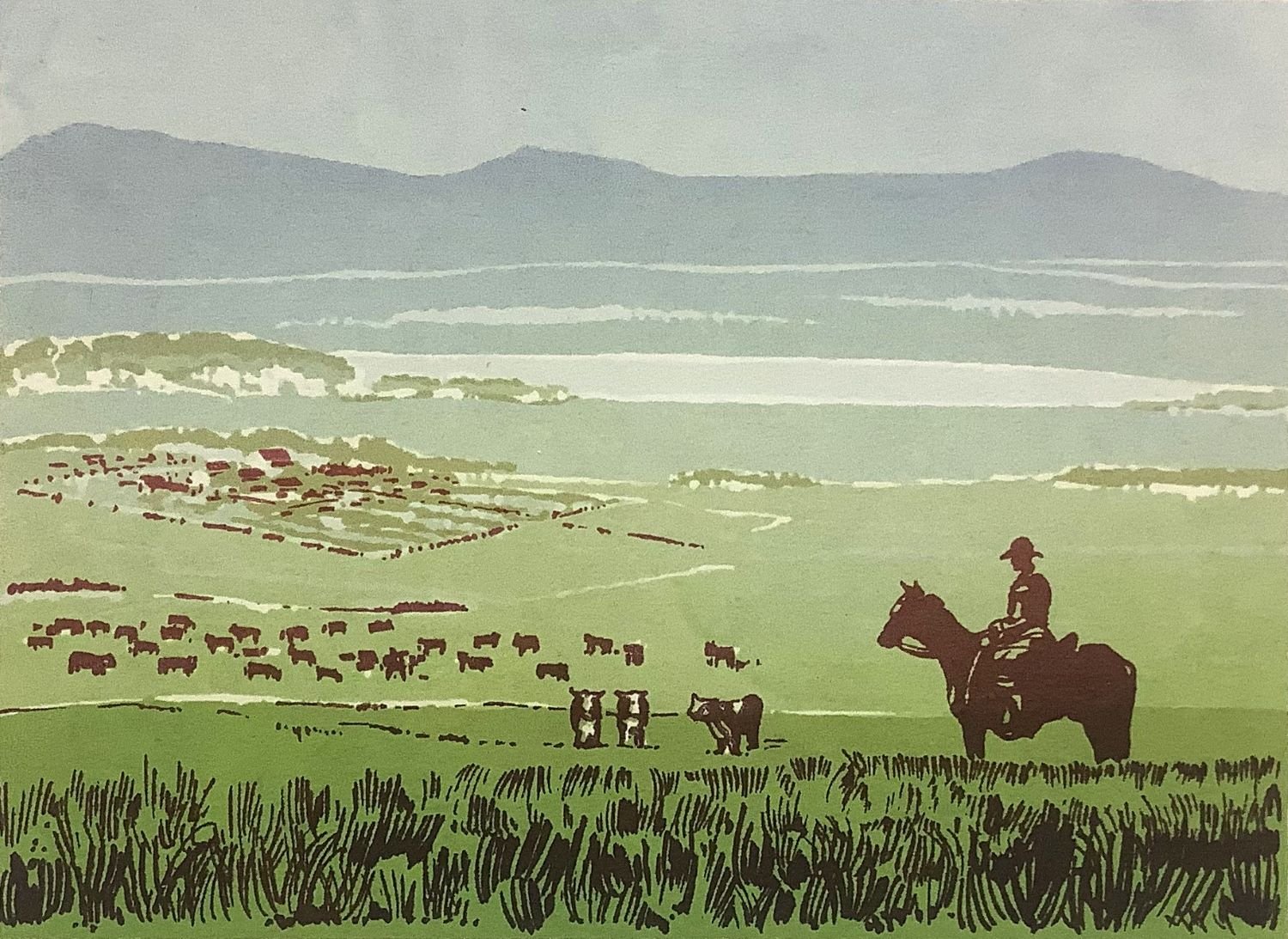
Foothills Ranch, Alberta, 1975 (rare, not editioned), serigraph on paper, 4 x 6 inches (10 x 15 cm), framed, $395 Cdn.
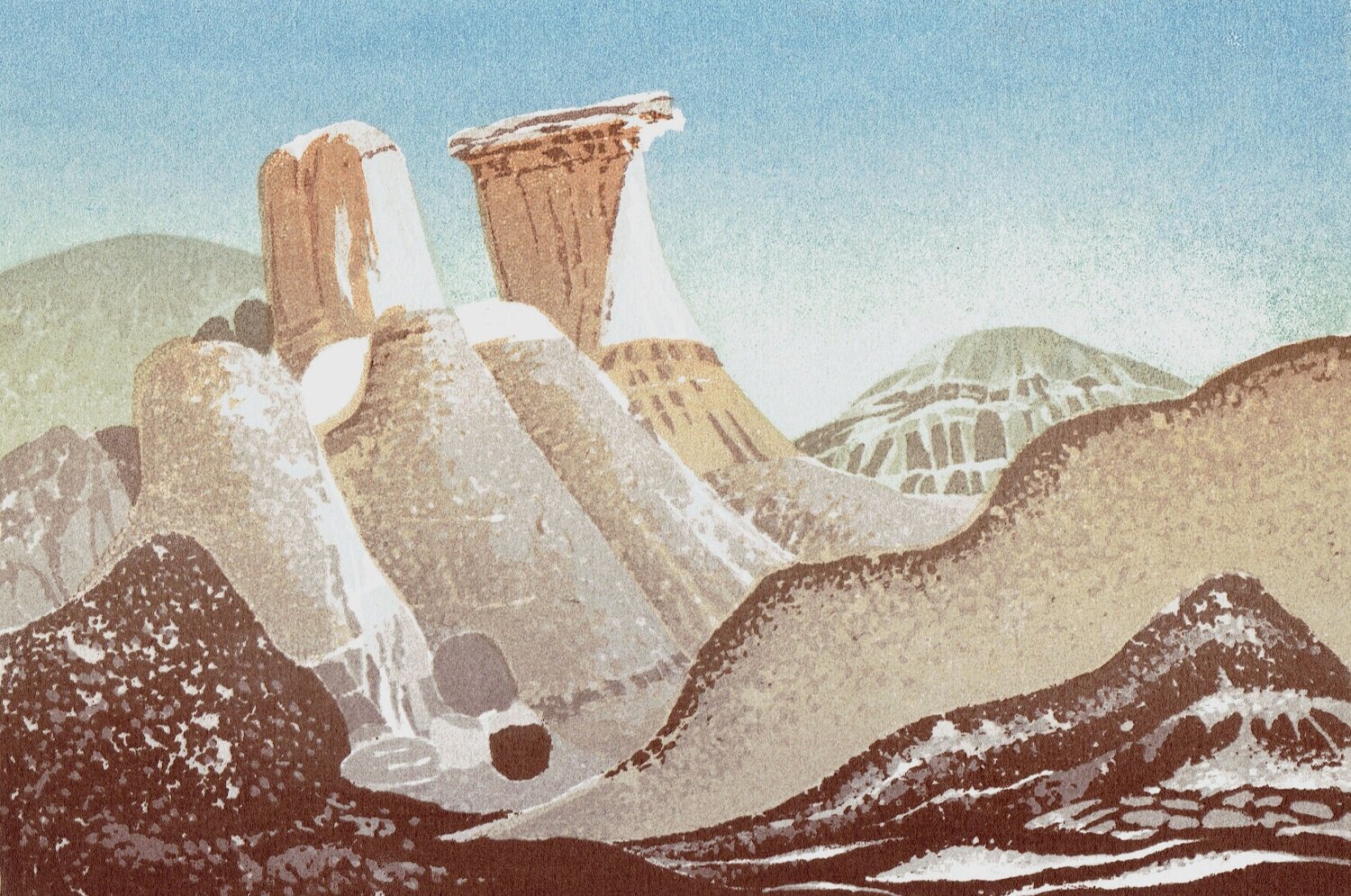
A Family, Badlands, Alberta, 1991, serigraph on paper, 6 x 9 inches (15 x 23 cm), framed, $495.00 Cdn.

Mt. Whitehorn & Kinney Lake, Mt. Robson, BC, 1971, serigraph on paper, 14.5 x 21 inches (37 x 53.5 cm), framed, $895 Cdn.
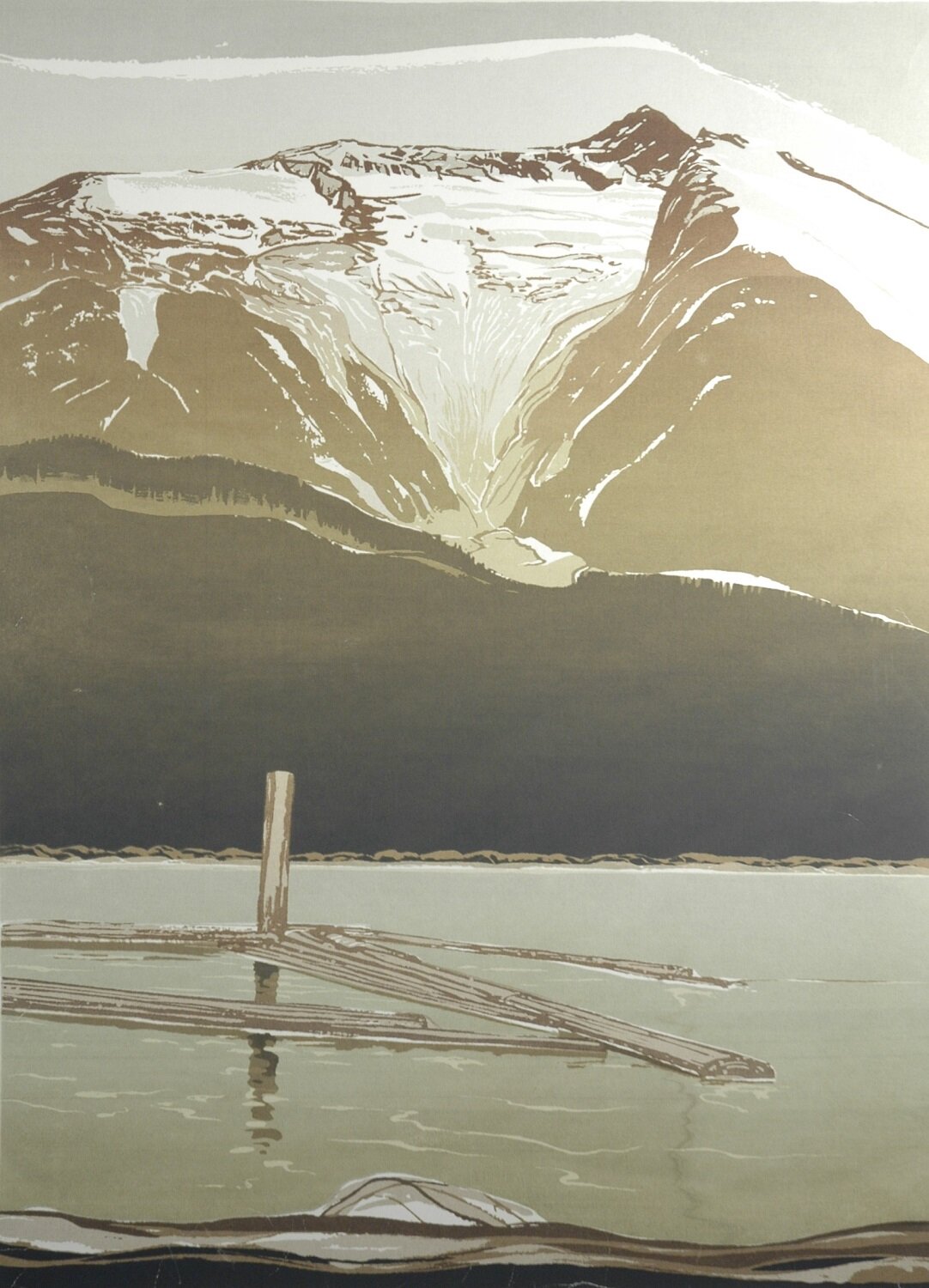
Snowfield Above Ickna Crk, South Bentinck Arm, BC, 1967, serigraph/paper, 22x16 inches (56 x 41 cm), framed, $895 Cdn.

Rock Isle Lake, Sunshine, c.1964, serigraph/paper, 10 x 14.5 inches, framed, $795 Cdn.

Larix Lake, Sunshine, Banff, 1983, serigraph/paper, 12.5 x 10 inches, framed, $795 Cdn
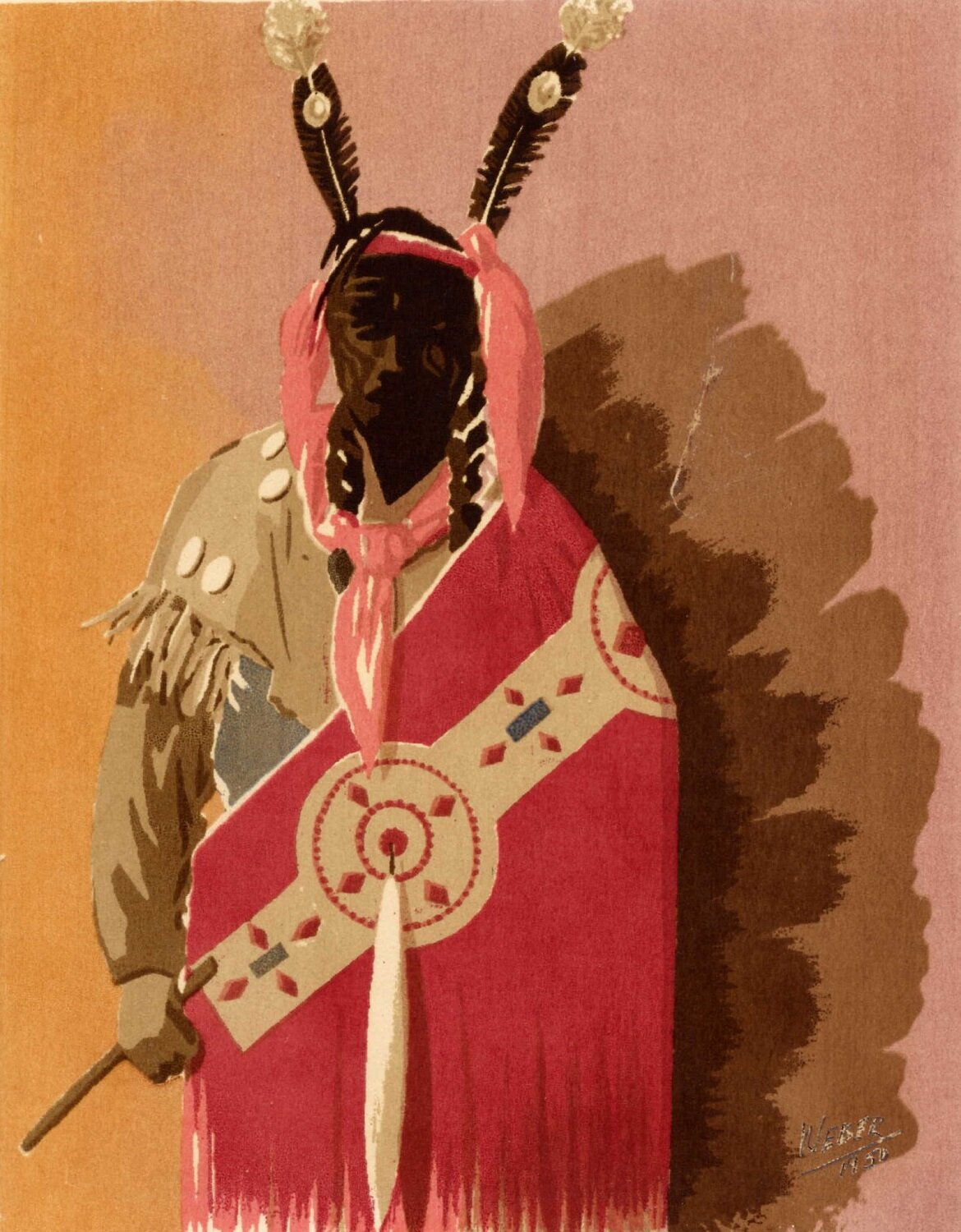
Cree (at Maskwacis / Bear Hills, formerly Hobbema), c.1950, serigraph/paper, 6.5 x 5 inches (16.5 x 13 cm), framed, $395.00 Cdn...the artist was very interested in First Nations' artifacts and clothing, he was honoured to be invited by the Hobbema elders to document these items.

Mask at Bella Coola (03-332), 1967, serigraph/paper, 9x7 inches (23 x 18 cm), framed, $495.00 Cdn...the artist was very interested in First Nations' artifacts and clothing, he was honoured to be invited by the Bella Coola elders to document these items.

Mask at Bella Coola (03.333), 1967, serigraph/paper, 9x7 inches (23 x 18 cm), framed, $495.00 Cdn...the artist was very interested in First Nations' artifacts and clothing, he was honoured to be invited by the Bella Coola elders to document these items.

Hoodoos, Drumheller, Alberta (rare), 1960, serigraph on paper, 12.5 x 15.75 inches (32 x 40 cm), framed, $795.00 Cdn.

RARE SNOW - Sunwapta Valley, c.1980 (rare, not editioned), serigraph on paper, 4 x 6 inches (10 x 15 cm), framed, note: note: estate collection edition sold out.
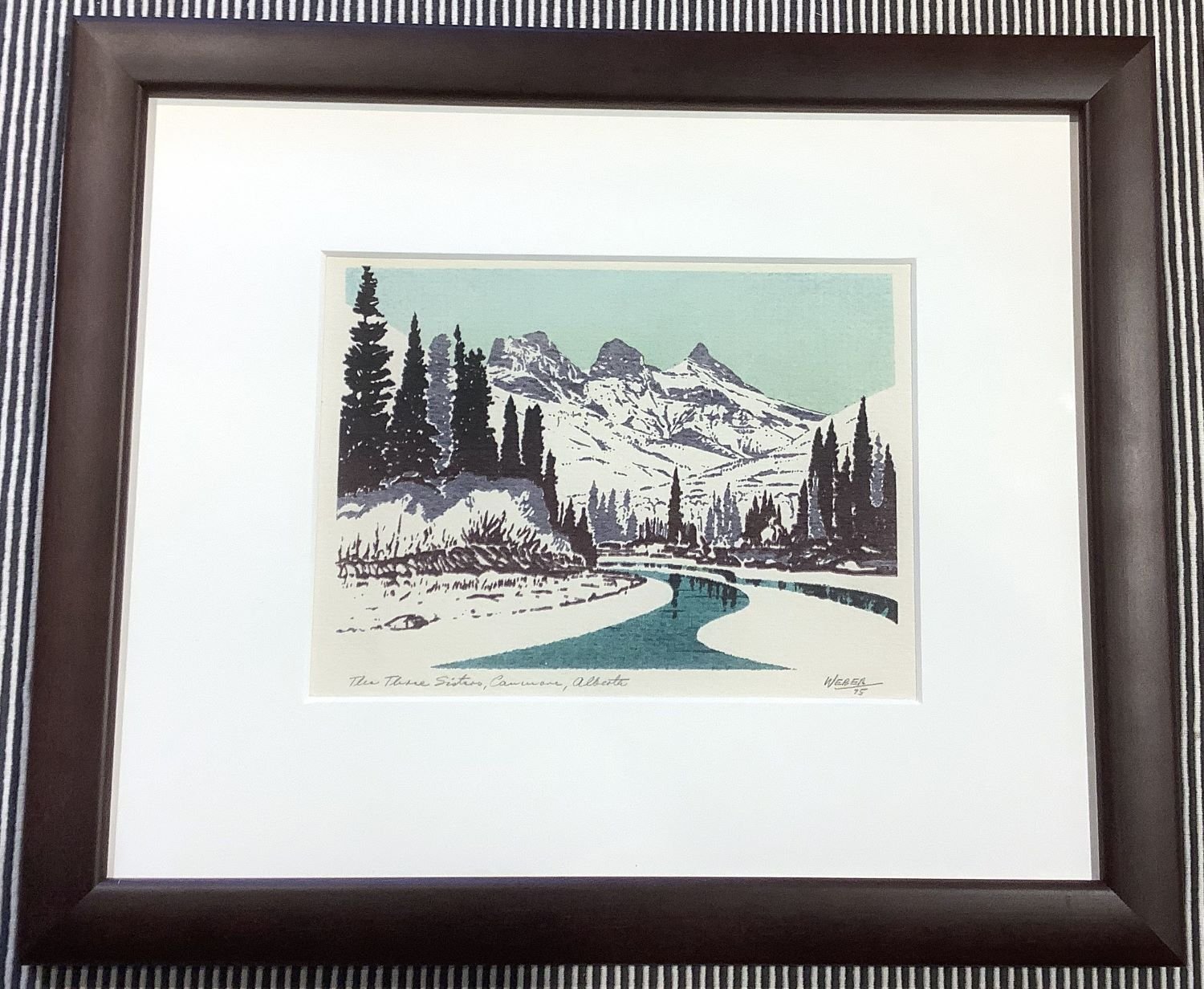
RARE SNOW - The Three Sisters, Canmore, Alberta, 1975 (rare, edition 140), serigraph on paper, 4 x 6 inches (10 x 15 cm), framed, framed, note: estate collection edition sold out.

RARE SNOW - Peyto Lake, 1983 (rare), edition 157/200, serigraph on paper, 4 x 6 inches (10 x 15 cm), framed, framed, note: estate collection edition sold out.

RARE SNOW - Winter Farm, 1991 (rare, not editioned), serigraph on paper, 4 x 6 inches (10 x 15 cm), framed, estate edition sold out.
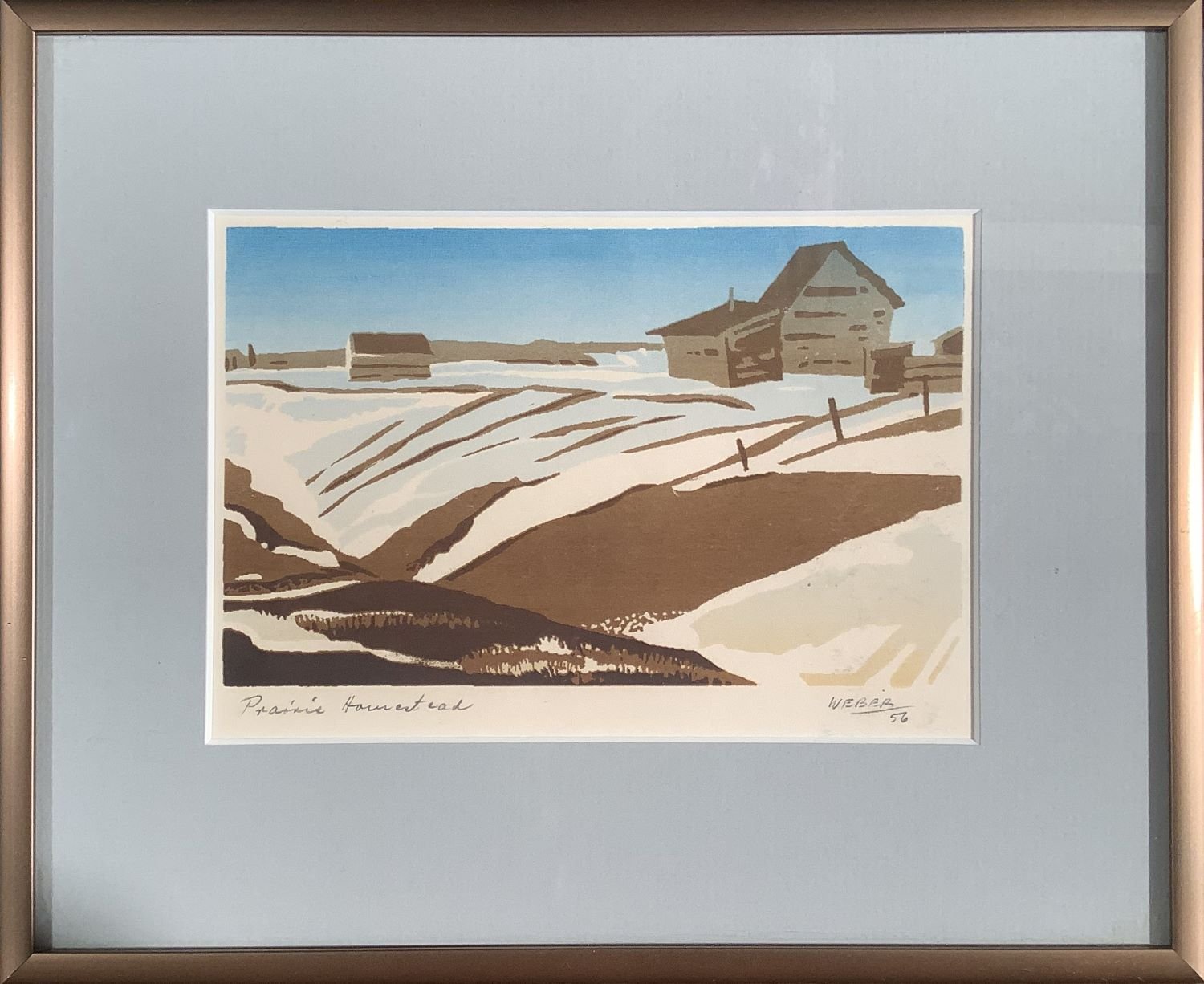
Prairie Homestead, 1956, (rare, not editioned), serigraph/paper, 4x6 inches (10 x 15 cm), framed, sold.

RARE SNOW - The Blindman River, 1985 (rare, not editioned), serigraph on paper, 4 x 6 inches (10 x 15 cm), framed, note: estate collection edition sold out.
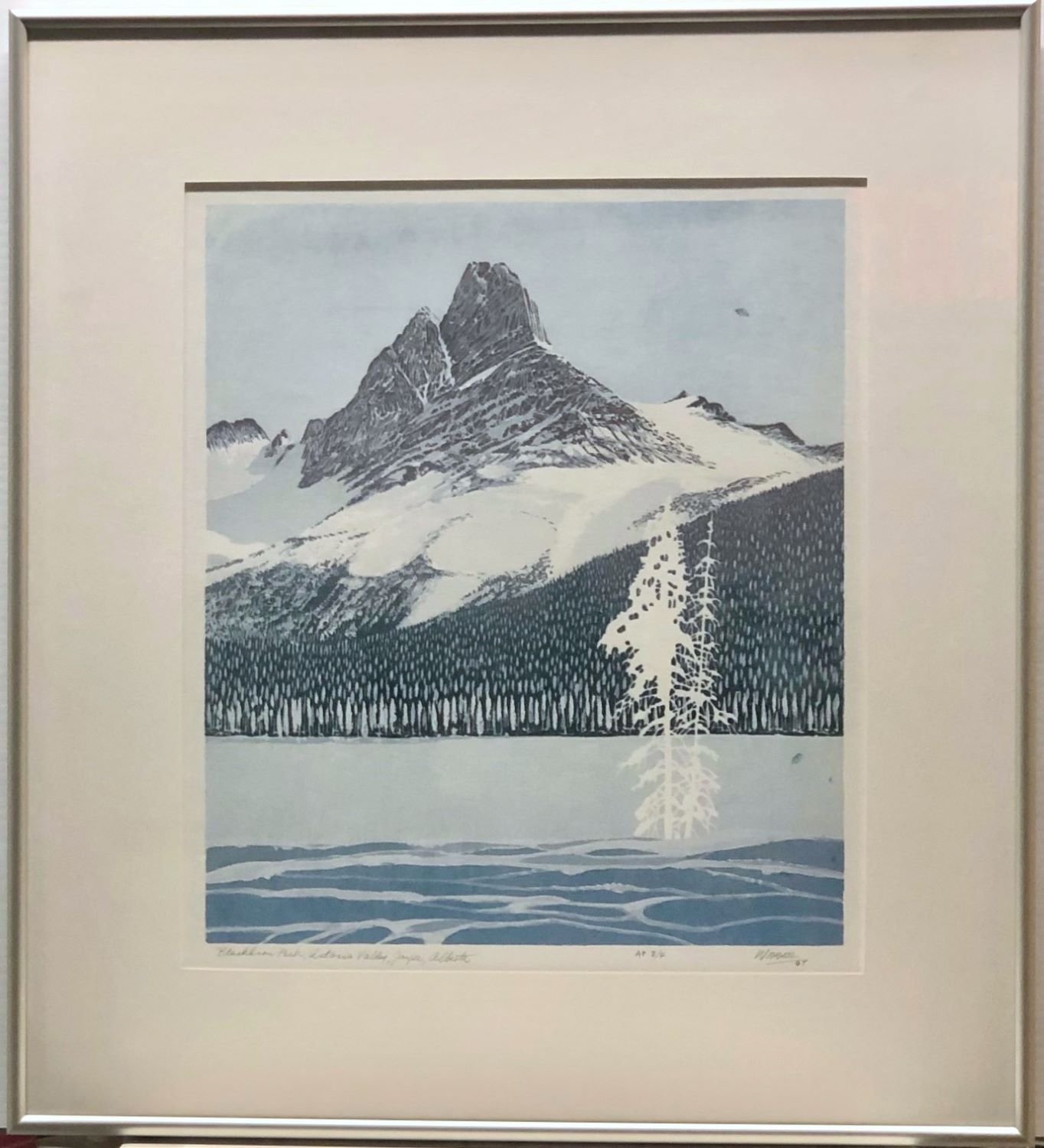
Blackhorn Peak, Astoria Valley, Jasper National Park, Alberta (rare), 1987, edition: AP 3/4, serigraph/paper, 14x12 inches each, there is one (1) remaining in the estate collection, significantly it is the Progressive Set (one framed with museum glass and four unframed pieces (5 pieces in set); estate edition sold out.

Progressive sheets #1 to #5 (left to right)...Progressive sets provide evidence of the artist's process in order to teach us how he produced the serigraphic print. Starting with the Colour #1 layer the artist progresses, printing layer over layer, through to the final Colour #5 sheet. Each sheet of this set shows the build up of layers at each step of the process. Colour #2 sheet contains both Colour #1 layer and the next layer that makes up Colour #2. Colour #3 has #1, #2, and #3. The process continues in this fashion until Sheet Colour #5 (the final sheet). We, as an audience, normally only see the final product, in this case, the Colour #5 sheet.
click here for George Weber watercolours
Weber’s body of serigraphs documents Alberta’s transformation from depression-era wild west to oil-rich urban prosperity. His work records human impact on the prairie: a Sundance among the Peigan, pumpjacks, grain elevators, and irrigation waterworks along stream and river courses[1].
[1] Mary Joyce, “Previews and Profiles: George Weber,” GalleriesWest, Summer 2005, 24.
George single-handedly introduced fine art serigraphy (Latin term for silkprint - silk screening) to Western Canada. As early as 1948 he lectured at the University of Alberta in Edmonton on the adoption of the silkscreen process and in 1950 and 1951 led workshops on the process at the Edmonton Art Gallery. Many well-known Alberta artists took classes from him in the 1950's through the University of Alberta, Department of Extension. George imported handmade Japanese and European fine art papers (for printmaking) for the benefit of local printmakers.
One of the highlights of his career was in 1985 when his serigraph Moraine Lake was chosen by Canada Post to commemorate the centennial of Banff National Park. Besides Weber's talent as a printmaker, many collectors treasure his watercolors and preliminary sketches of diverse ranchland, parkland, forest, and prairie of Alberta as well as the interior and coastal areas of British Columbia. His palette displays the rich earthy colors and wide range of tonal values of those landscapes.
The National Gallery of Canada, Ottawa purchased a number of Weber’s serigraphs. The City of Edmonton presented his original serigraphs to the Edmonton Oiler Hockey team in celebration of their 1988 Stanley Cup victory. George’s works are in the permanent collection of the Alberta Foundation for the Arts, Arts & Letters Club (Toronto), Glenbow Foundation (Calgary), Whyte Museum of the Canadian Rockies (Banff), C.P.E. Permanent Print Collection (Toronto), Lazard Canada Corporation, Imperial Oil, Dominion Foundries and Steel Ltd., Delta Hotels, Art Gallery of Alberta (Edmonton), and Society of Canadian Painter-Etchers and Engravers.
George Weber was born in Munich, Germany in 1907. He was SFCA trained as a draughtsman, wallpaper design and display. In the late 20's, sensing the dangerous political climate developing in Germany, he immigrated to Canada. George first worked as a wallpaper designer in Toronto; where, in the early 1930’s, he studied composition, color, and commercial silkscreen techniques at the Ontario College of Art.
In the mid-1930s he moved to Edmonton, where he established his own company Art Signs. George attended night classes at the University of Alberta and the Banff School of Fine Arts (1951) for life classes and watercolor techniques under Jack Taylor and Janet Middleton. George was a founding member and president of the Edmonton branch of the Society of Canadian Painter-Etchers and Engravers (CPE); he was a member of the Society of Canadian Painters in Watercolour, the Canadian Graphic Society, the Edmonton Art Club (1935), the Federation of Canadian Artists (FCA), and the Northwest Printmakers (Seattle). Among his numerous exhibitions were the Western Print Exhibit (1957, Hart House, Toronto) and one-man exhibitions at the Edmonton Art Gallery. The first serigraph selected as an honorary membership print for the CPE was Weber’s Inkaneep Reserve in 1954. In 1976 George received the Edmonton Historical Board’s Recognition Award for his series of sketches and watercolors of Edmonton historic buildings and sites.
Reference:
Ainslie, Patricia and Mary-Beth Laviolette, Alberta Art and Artists. Calgary: Fifth House, 2007.
Cochran, Bente Roed, Printmaking in Alberta 1945-1985. Edmonton: University of Alberta Press, 1989.
Greer, Joan, The Changing Picture, 65 Years of the Edmonton Art Club. Edmonton: Edmonton Art Club, 1987

